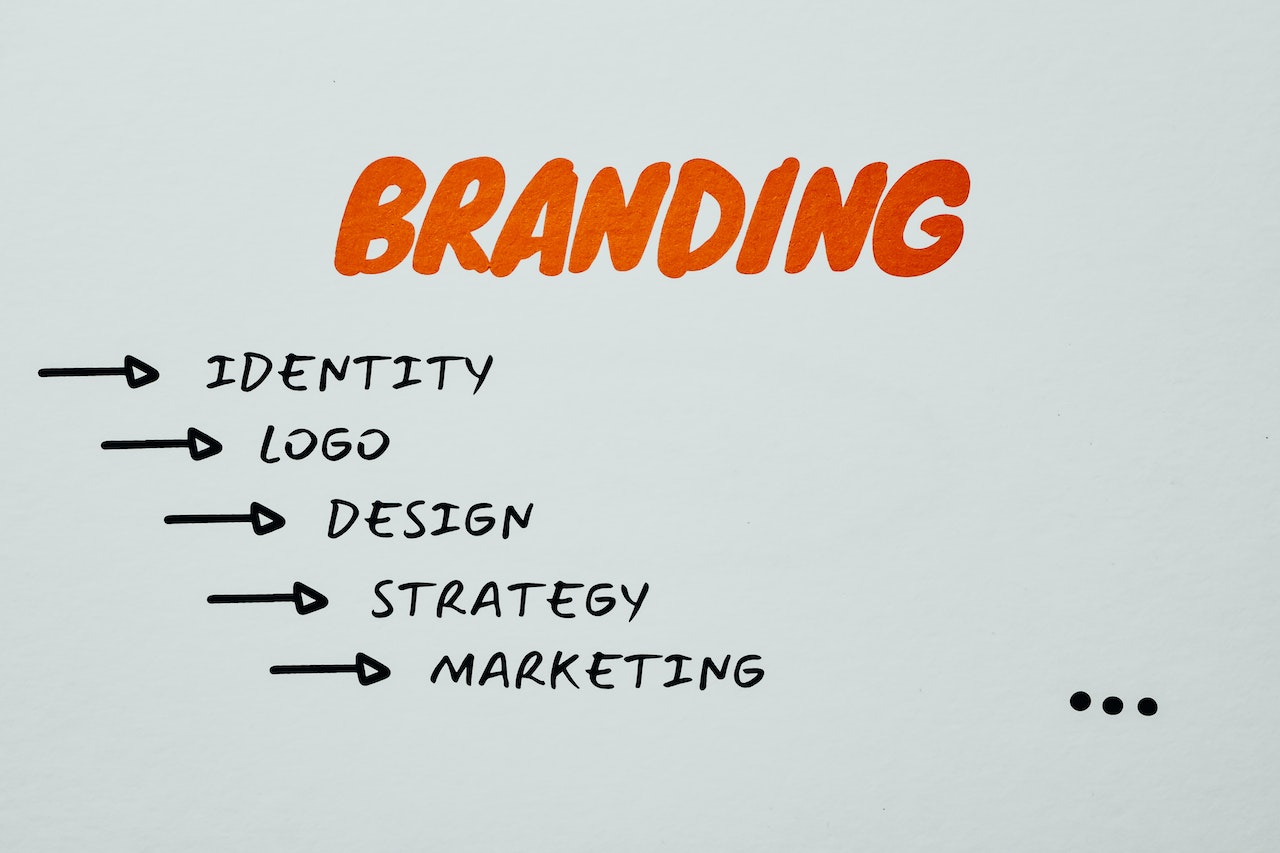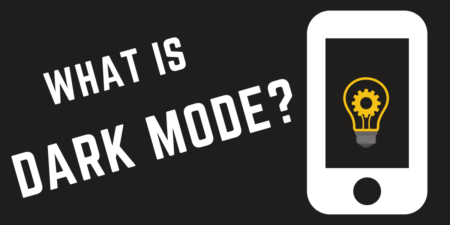In today’s competitive digital landscape, branding plays a crucial role in the success of applications and software. It goes beyond just a logo or a catchy name; it encompasses users’ entire experience and perception of your product.
Moreover, like branding agencies in UK, effective branding differentiates your application or software from competitors and builds trust, loyalty, and recognition among your target audience.
In this article, we’ll explore the key steps to successfully brand your applications and software, from defining your brand identity to implementing a comprehensive marketing strategy.
What Exactly Is A Brand?
A brand is more than just a logo or a visual identity. It is the overall perception, reputation, and essence of a product, service, or company in the minds of its target audience.
A brand represents the unique identity, values, and personality of a business or product, influencing how people perceive and interact with it. This particular element is what branding agencies specialize in.
Brand Elements
Brand Identity
This includes the visual elements such as the logo, colors, typography, and design that represent the brand. It also encompasses the brand name and tagline, which help create recognition and differentiation.
Brand Personality
Brands often have distinct personalities that resonate with their target audience. This personality is reflected in the brand’s voice, tone, and overall communication style. It helps establish an emotional connection with users.
Brand Values
Brand values are the guiding beliefs and principles shaping the behavior and decision-making of a brand. They reflect what the brand stands for and its commitment to certain ideals, which can resonate with consumers who share similar values.
Branding Your Software Application
Step #1: Define Your Brand Identity
Before you can brand your application or software, you need to establish your brand identity. Start by defining your brand’s vision, mission, and values.
Consider the target audience you want to appeal to and the unique value proposition you offer. This will help you create a brand identity that resonates with your users and sets you apart from the competition.
Step #2: Understand Your Target Audience
To effectively brand your application or software, you need to understand your target audience. Conduct market research to identify their needs, preferences, and pain points.
This knowledge will guide your branding decisions, such as the design elements, tone of voice, and messaging you use to communicate with your audience.
Step #3: Craft A Compelling Brand Story
A brand story is a narrative that conveys your brand’s essence and connects with your audience on an emotional level. You can seek help from reliable branding agencies to help you at this stage.
Develop a compelling brand story that communicates your brand’s values, purpose, and the problem it solves. A well-crafted story will engage users and make your application or software more memorable.
Step #4: Create A Strong Brand Name
Choosing the right brand name is crucial for your application or software. It should be memorable, unique, and reflective of your brand identity.
Consider the target audience, the industry, and the positioning of your product when selecting a name.
Just like branding agencies, conduct thorough research to ensure that the chosen name is not already in use and that it is available as a domain name.
Step #5: Design A Captivating Logo & Visual Identity
Visual elements play a significant role in branding. Design a captivating logo that represents your brand and can be easily recognized. Consider the colors, typography, and imagery that align with your brand personality.
Develop a cohesive visual identity that extends beyond the logo, including the design of your application or software interface, website, and marketing materials.
Step #6: Develop Consistent Messaging
Consistency in messaging is key to building a strong brand. Like what branding agencies do, develop a brand voice and tone that reflects your brand’s personality and resonates with your target audience.
Use this voice consistently across all communication channels, including your website, social media, and customer support. Craft clear and concise messaging that highlights the unique features and benefits of your application or software.
Step #7: Implement a Comprehensive Marketing Strategy
To effectively brand your application or software, you need to promote it through a comprehensive marketing strategy. 
Identify the marketing channels that are most effective for reaching your target audiences, such as:
- social media platforms
- content marketing
- email campaigns
- app stores
Additionally, create engaging content that showcases the value of your product and encourages users to try it. You may consider reaching out to branding agencies to assist you in your marketing efforts.
Step #8: Encourage User Feedback And Engagement
Branding is not just about the external image of your product; it’s also about the user experience and perception. Encourage user feedback and engagement to improve your application or software continuously.
Actively listen to your users, address their concerns, and incorporate their suggestions. Positive user experiences and word-of-mouth recommendations can significantly enhance your brand’s reputation.
Step #9: Monitor And Adapt
Branding is an ongoing process. Monitor the performance of your branding efforts and make necessary adjustments.
Analyze user feedback, track key metrics, and stay updated on market trends. Be ready to adapt your branding strategy as needed to ensure your application or software remains relevant and competitive.
Conclusion
In this competitive world, your brand should stand out from the rest and thrive for years to come. If you follow the tips steps, you’re just a step close to success.
Yes, it’s challenging to accomplish all these on your own, and that’s what branding agencies are here for.








